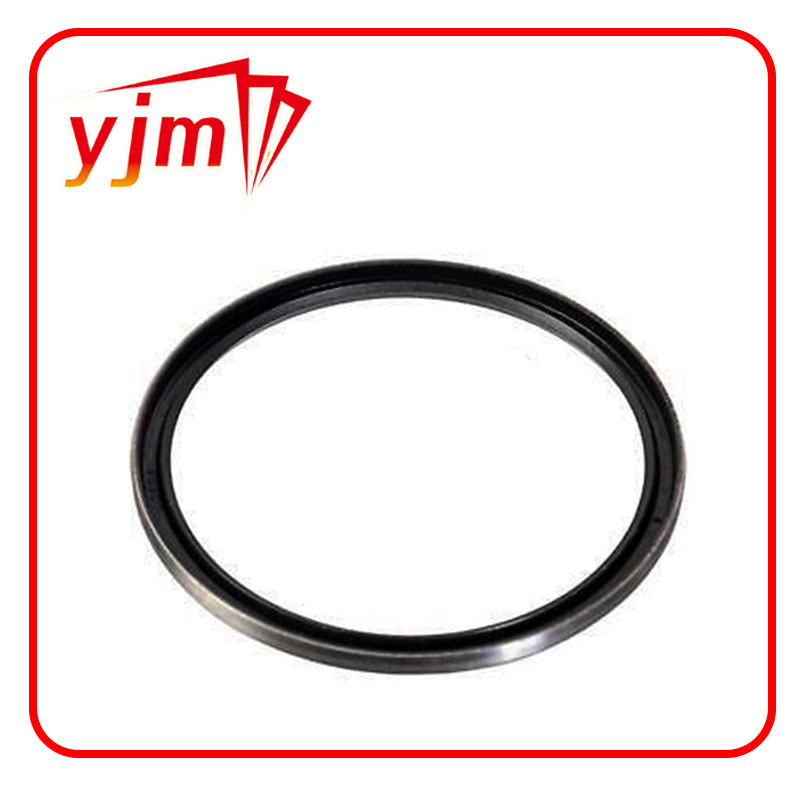transmission housing seal
Understanding Transmission Housing Seals Key Components for Automotive Performance
Transmission housing seals are critical components in automotive engineering, playing a vital role in maintaining the integrity and efficiency of a vehicle's transmission system. These seals are designed to prevent the leakage of fluids, ensuring that the transmission operates smoothly and effectively. In this article, we will explore the importance, types, and maintenance of transmission housing seals.
Importance of Transmission Housing Seals
Transmission fluid plays a crucial role in lubricating the various moving parts of a transmission system, reducing friction, and improving overall efficiency. A compromised seal can lead to fluid leaks, which can result in inadequate lubrication and overheating. This can ultimately cause significant damage to the transmission, leading to costly repairs or even complete transmission failure. Thus, transmission housing seals are essential for maintaining the performance and longevity of a vehicle.
Types of Transmission Housing Seals
There are several types of transmission housing seals that are commonly used in automotive applications
1. Rubber Seals These are the most common type of seals, known for their flexibility and durability. Rubber seals can withstand varying temperatures and are resistant to many automotive fluids.
2. Lip Seals Designed with a flexible lip that creates a tight seal against the transmission housing, lip seals are effective in preventing fluid leaks while allowing for some movement between components.
transmission housing seal

3. O-Rings Circular in shape, O-rings provide a simple yet effective sealing solution. They can be used in conjunction with other components to provide an added layer of protection against leaks.
4. Composite Seals Made from materials like silicone or polyurethane, these seals offer enhanced resistance to high temperatures and aggressive fluids, making them suitable for high-performance applications.
Maintenance of Transmission Housing Seals
Regular maintenance is key to ensuring the longevity and effectiveness of transmission housing seals. Vehicle owners should periodically inspect seals for signs of wear, such as cracks, leaks, or signs of fluid accumulation. When performing other routine maintenance tasks, such as fluid changes or inspections, it’s prudent to check the condition of the seals.
If a seal is found to be damaged or compromised, it’s crucial to replace it promptly. Ignoring a faulty seal can lead to more severe issues, including costly repairs and reduced vehicle performance.
Conclusion
In summary, transmission housing seals play a vital role in the operation of a vehicle’s transmission system. By preventing fluid leaks and maintaining optimal lubrication, these seals contribute significantly to the overall performance and reliability of the vehicle. Understanding the types and maintenance of these seals can help vehicle owners ensure their transportation remains smooth and efficient, ultimately enhancing driving safety and performance.
-
Understanding the Front Main Engine Seal: Purpose, Maintenance, and Installation
News Jul.29,2025
-
Understanding O-Rings and Seal Rings: Types, Applications, and Custom Solutions
News Jul.29,2025
-
Understanding Crankshaft Oil Seals: Rear Seals, Pulley Seals, and Their Role in Engine Integrity
News Jul.29,2025
-
The Importance of Front and Rear Crankshaft Seals in Engine Performance and Oil Management
News Jul.29,2025
-
Crank Oil Seals: Functions, Types, and Cost Considerations in Engine Maintenance
News Jul.29,2025
-
A Comprehensive Guide to O-Rings and Seals: Types, Materials, and Global Applications
News Jul.29,2025
-
Mastering Diesel and Performance Engine Maintenance: A Guide to Critical Oil Gaskets
News Jul.28,2025
Products categories















